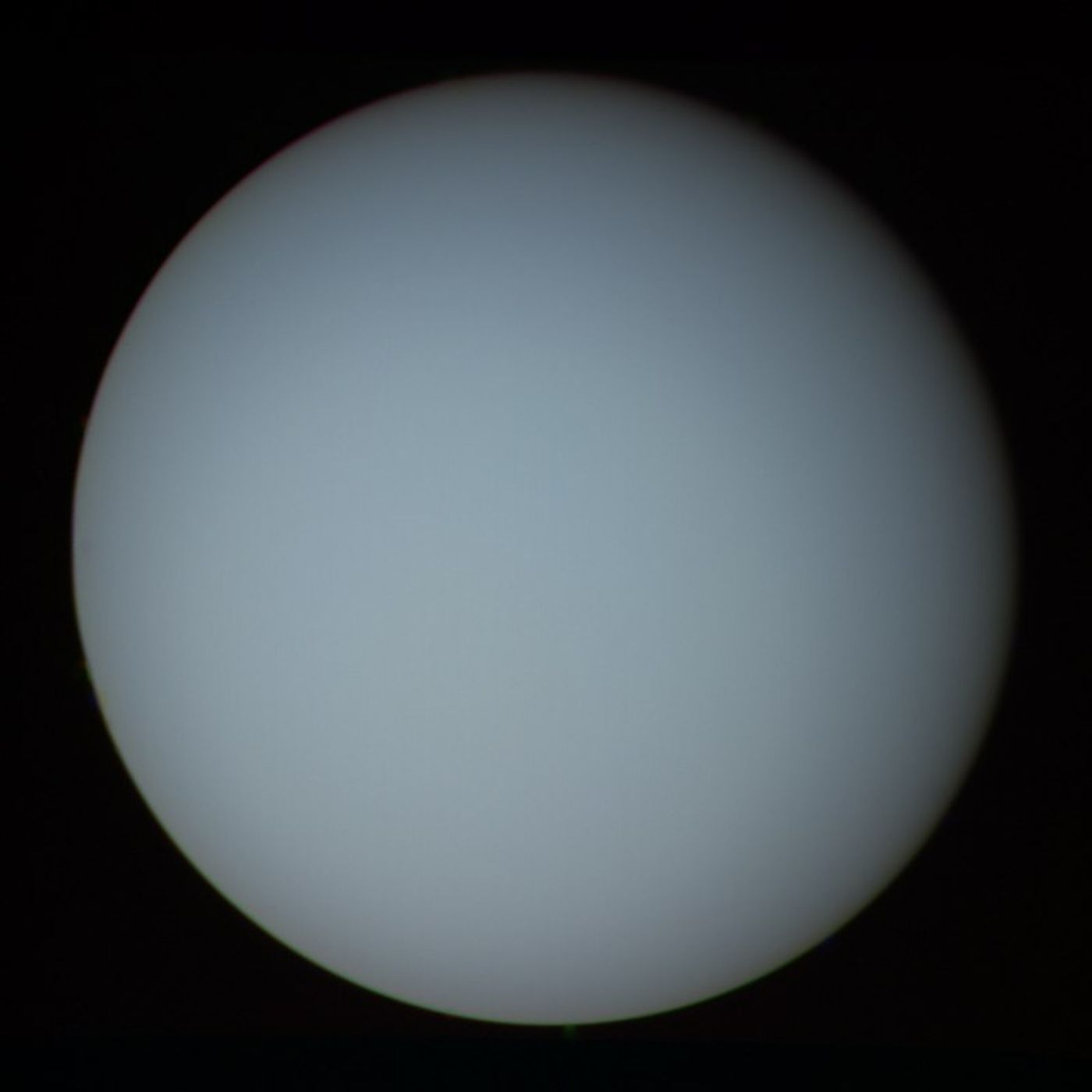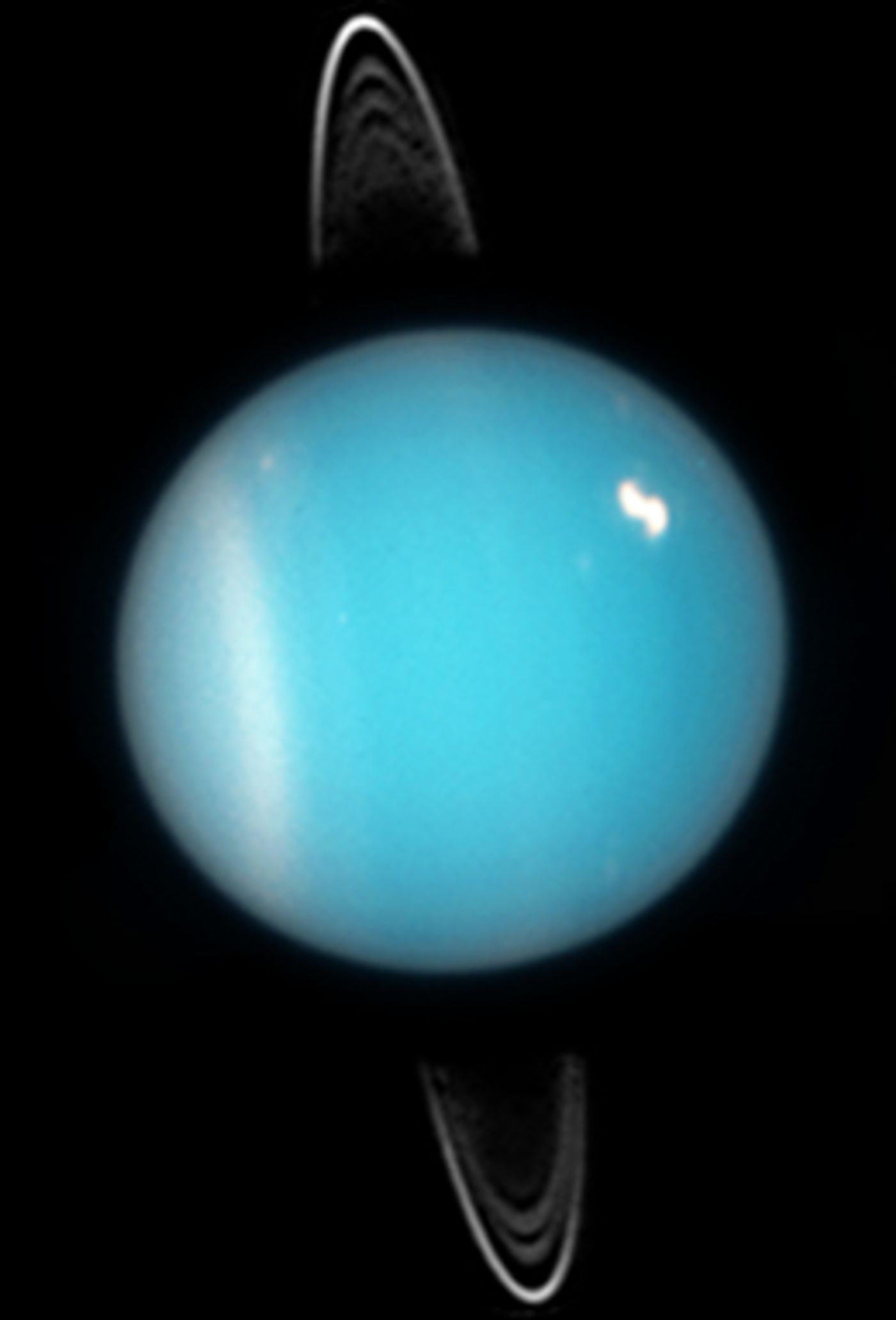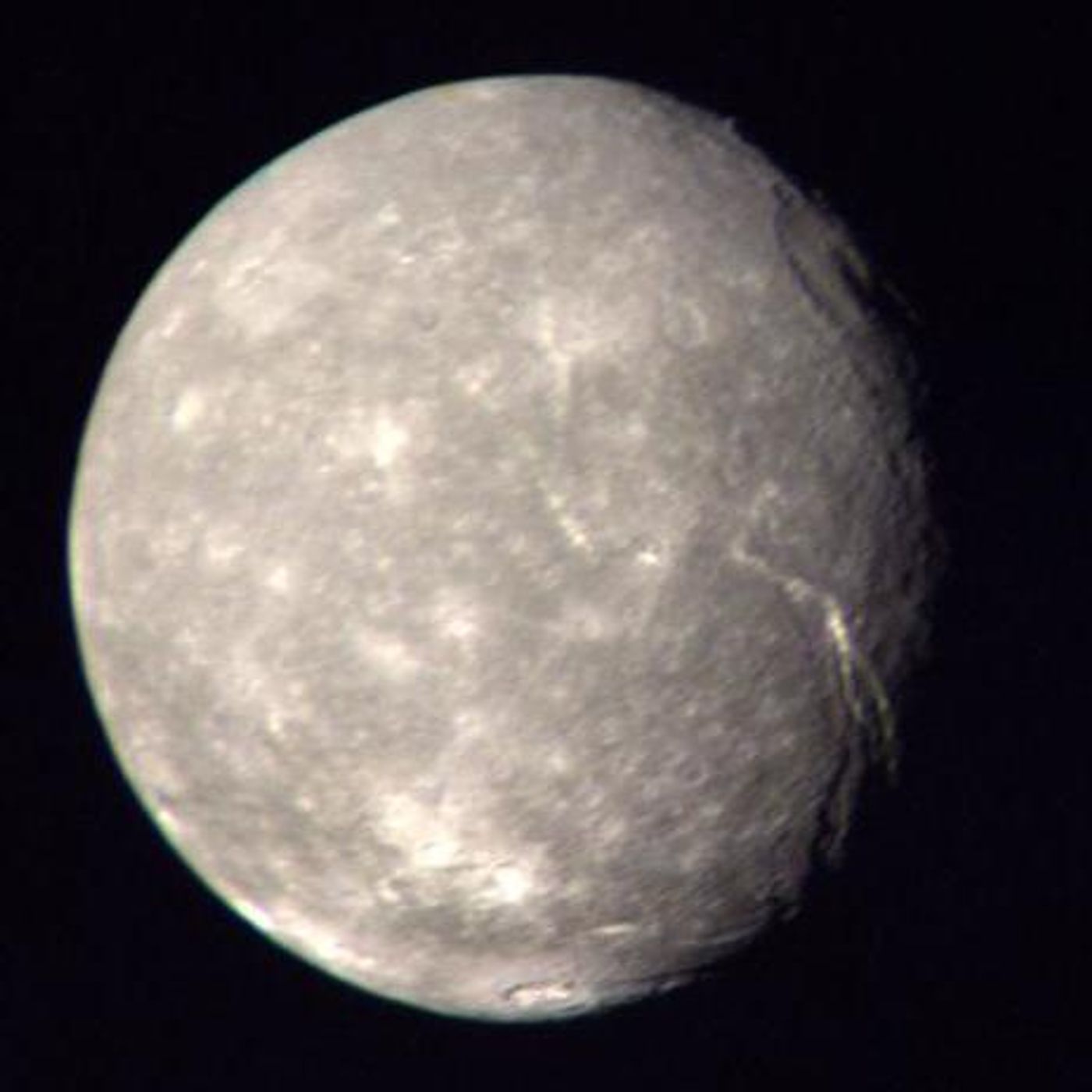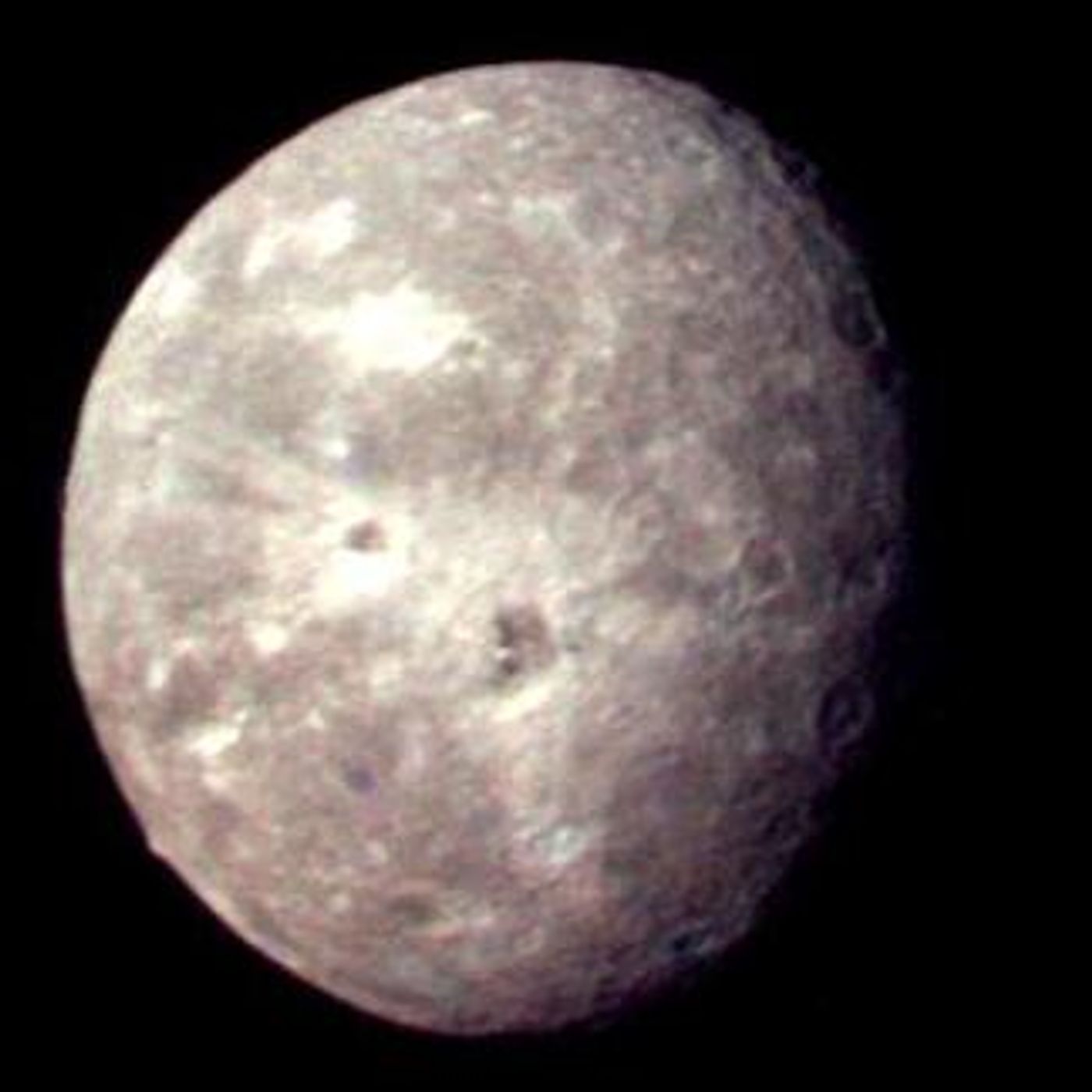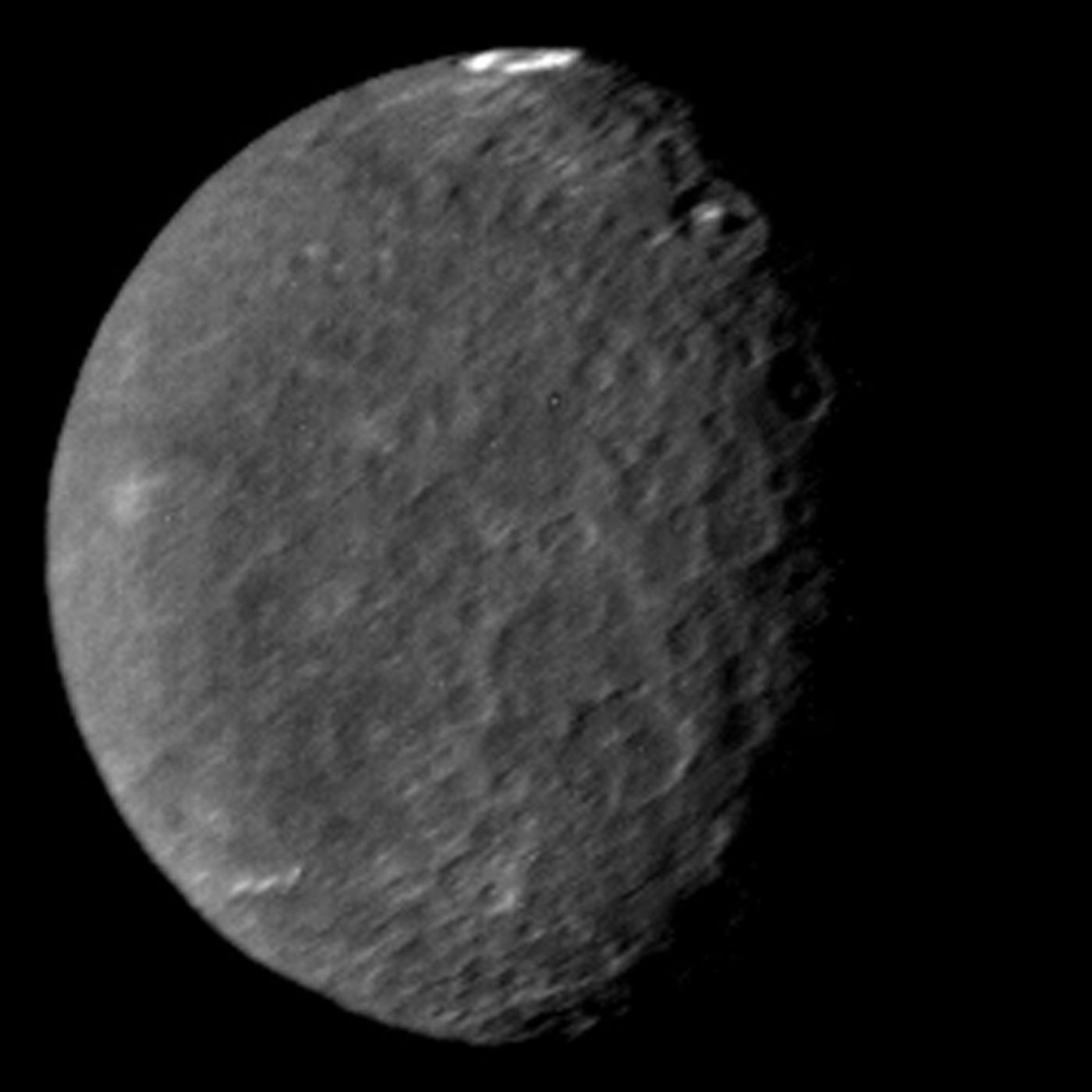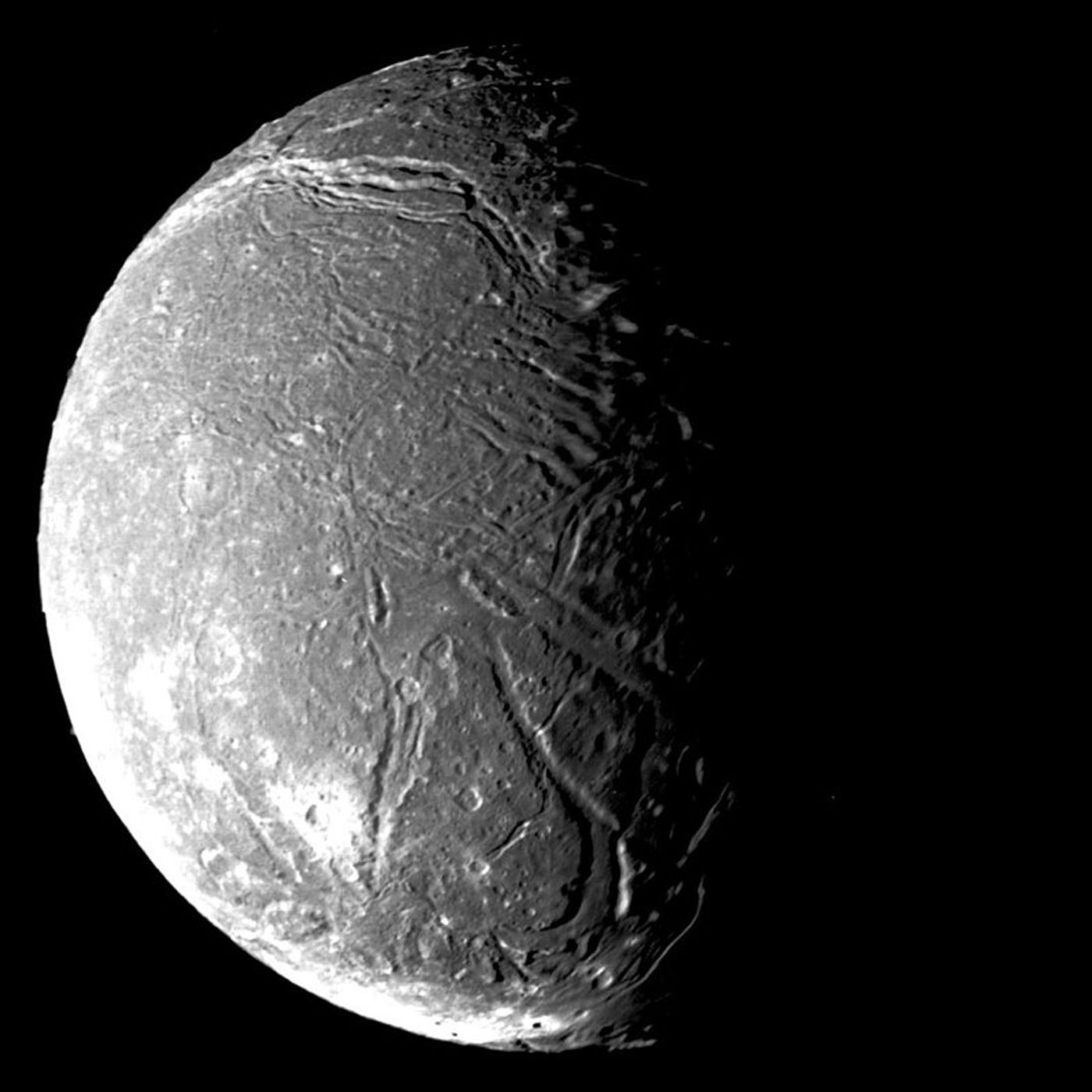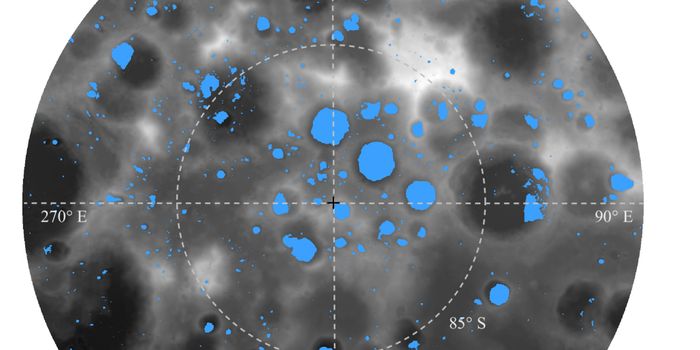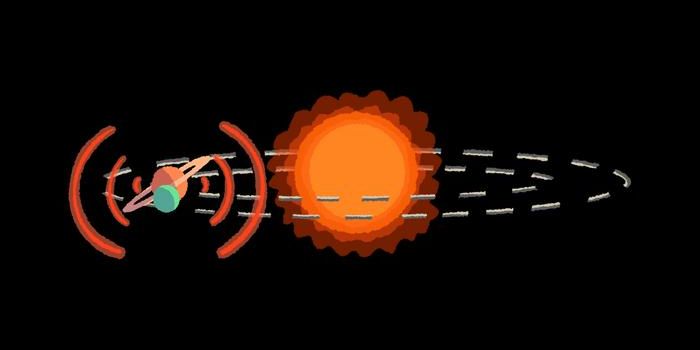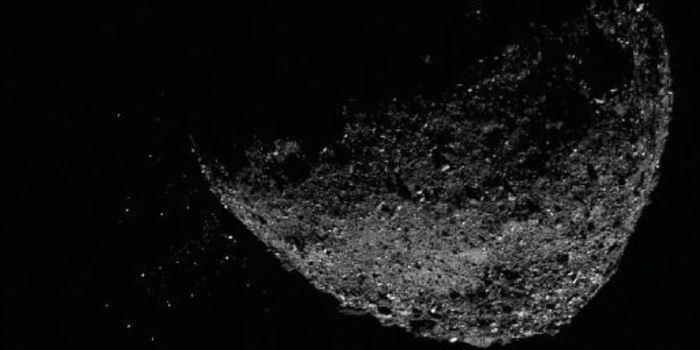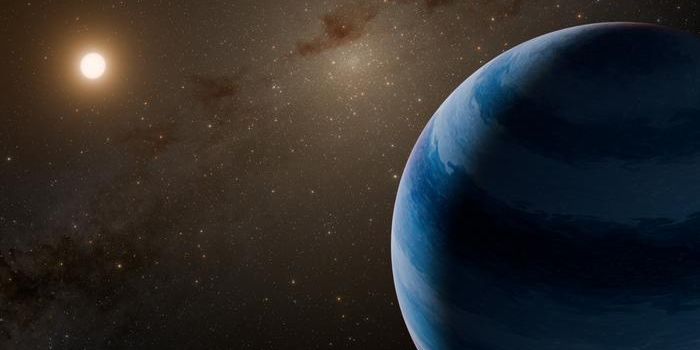Uranus - The Sideways Planet
Uranus, the seventh planet from the Sun – The Sideways Planet, known for its chuckling name, this gas giant hanging out in the depths of the solar system has garnered intrigue from skywatchers and scientists alike. Like its two inward cousins, Jupiter and Saturn, it’s just a ball of gas, so what makes this planet so intriguing to study, and what have we learned from the limited observations we’ve made of it? The planet we know as Uranus shares some unique features with other planets in the solar system, and also has an even more unique family of moons.
Here we will explore Uranus’ physical characteristics, mythological and observational history, spacecraft exploration, its moons, and determine what it is about Uranus that makes it so intriguing for exploration.
Image 1(above): This picture of Uranus in true color was compiled from images returned Jan. 17, 1986, by the narrow-angle camera of Voyager 2. (Image Credit: NASA JPL)
Image 2 (above): Image of Uranus taken by the Hubble Space Telescope in 2005. Rings, southern collar and a bright cloud in the northern hemisphere are visible. (Image Credit: NASA, ESA, and M. Showalter (SETI Institute)
Uranus Characteristics
The planet Uranus is the third largest planet in the solar system next to Jupiter and Saturn and is so big you can fit about 63 Earths inside its volume. Uranus orbits beyond Saturn with an average distance of 1.8 billion miles (2.9 billion kilometers), which is more than twice the distance of the aforementioned ringed planet. This vast distance makes Uranus very hard to see from Earth, as it only appears as a tiny dot compared to both Jupiter and Saturn.
Like Jupiter and Saturn, the planet Uranus lacks any visible surface features due to its deep clouds and is also comprised of primarily hydrogen and helium. Much like Saturn, the planet Uranus has a ring system but has fewer known moons, which currently stands at 27.
While Uranus shares many characteristics with its gas giant cousins, it also shares an interesting trait with the planet Venus, as each rotate east to west. But one feature that Uranus has entirely on its own is that it actually rotates on its side, whereas almost every other known planetary body in the solar system rotates “upright” with respect to their orbit. This sideways rotation is believed by most researchers to be the result of a large collision, as the solar system was a much more violent place early in its history.
Ancient Astronomers
As stated, Uranus’ vast distance from Earth makes it very difficult to see with the naked eye. While the name Uranus is derived from Greek mythology, the planet itself was actually unknown in the ancient times. Uranus was ultimately not discovered until March 1781 by Sir William Herschel, and was the first planet discovered by a telescope. While Herschel takes credit for Uranus’ official discovery, the earliest definite sighting of the gas giant was actually in 1690 by John Flamsteed, who observed Uranus six times and catalogued it as 34 Tauri, and was later observed 14 times by Charles Le Monnier between 1750 and 1769.
Spacecraft Missions to Uranus
To date, the only spacecraft to have visited Uranus was NASA’s Voyager 2, which conducted a flyby of the gas giant in January 1986. During this historic encounter, Voyager 2 discovered 10 new moons (given names such as Puck, Portia, Juliet, Cressida, Rosalind, Belinda, Desdemona, Cordelia, Ophelia, and Bianca – which were obvious references to Shakespeare) and gathered data on Uranus’ atmospheric wind speeds and its magnetic field, the latter of which was discovered to be tilted 55 degrees off-axis and off-center. While the Uranus encounter lasted only five and a half hours, it undoubtedly changed our view of how worlds are formed and our place in the universe.
Uranus Moons
Along with the new moon discoveries, Voyager 2 snapped fantastic photos of Uranus’ five largest moons (in respective order of size): Titania, Oberon, Umbriel, Ariel, and Miranda.
While there is much data on Titania, to include its size, mass, orbit, and composition, the Voyager 2 spacecraft was only able to photograph 24% of surface with the precision required for geologic mapping.
Image 3 (above): Uranus' largest moon, Titania, is seen in this image from Voyager 2 on January 24, 1986. (Image Credit: NASA JPL)
Voyager 2 images of Oberon showed craters with bright rays similar to Jupiter’s moon, Callisto, along with a lone mountain peak rising 4 miles (6 kilometers) above the surface. In Oberon’s southern hemisphere, large faults were visible crossing the surface, which may be evidence of geologic activity early in the moon’s history.
Image 4 (above): Uranus' outermost moon, Oberon, is seen in this image from Voyager 2 on January 24, 1986. (Image Credit: NASA JPL)
Uranus’ moon, Umbriel, is the literal darkest of all Uranus’ moons, as its surface is non-reflective, possibly indicating a very old surface. Carbon dioxide has been detected on Umbriel’s surface by infrared spectroscopy, but given the very quick flyby of Voyager 2, the spacecraft was only able to image a heavily cratered surface.
Image 5 (above): Uranus' moon, Umbriel, is seen in this image from Voyager 2 on January 24, 1986. (Image Credit: NASA JPL)
Uranus’ moon, Ariel, displays very bright surface features contrary to the extremely dark Umbriel. Much like the other Uranian satellites, the surface is pock-marked with countless craters while also displaying rift valleys stretching across the entire surface.
Image 6 (above): Uranus' moon, Ariel, is seen in this image from Voyager 2 on January 24, 1986. (Image Credit: NASA JPL)
The pioneering spacecraft came within 17,560 miles (28,260 kilometers) of Miranda, marking the closest encounter of any object during its decades-long journey. These photos showed a world that caused scientists to scratch their heads, as Miranda’s surface features looked like the moon was blown to bits and then haphazardly put back together again.
Image 7 (above): Uranus' icy moon Miranda is seen in this image from Voyager 2 on January 24, 1986. (Image Credit: NASA JPL)
While the moons currently do not hold the same astrobiology intrigue as the moons of Jupiter and Saturn, they nonetheless have shown us how the universe is full of strange and wonderful sights.
Future Missions to the Uranus System
A number of orbiter missions to return to Uranus have been proposed from NASA, the European Space Agency, and even the United Kingdom, but none have yet to be approved. China even has plans to send a spacecraft to Uranus in 2046.
While devoid of surface features due to its thick clouds of hydrogen and helium, the planet Uranus and its family of moons exhibit some very unique features, all of which have given us more clues as to the history of the solar system. will we ever go back there? Only time will tell, but in the meantime Uranus will continue to amaze us with its awesomeness and mystery.
As always, keep doing science & keep looking up!
Sources: NASA Solar System Exploration (1), Cool Cosmos, The Conversation, Windows to the Universe, Science Museum, The Nine Planets, NASA Solar System Exploration (2), Phys.org, Sea and Sky, Odyssey Magazine, Views of the Solar System, Britannica, Hofstadter: Uranus Orbiter, MUSE, Mullard Space Science Laboratory, China Daily
